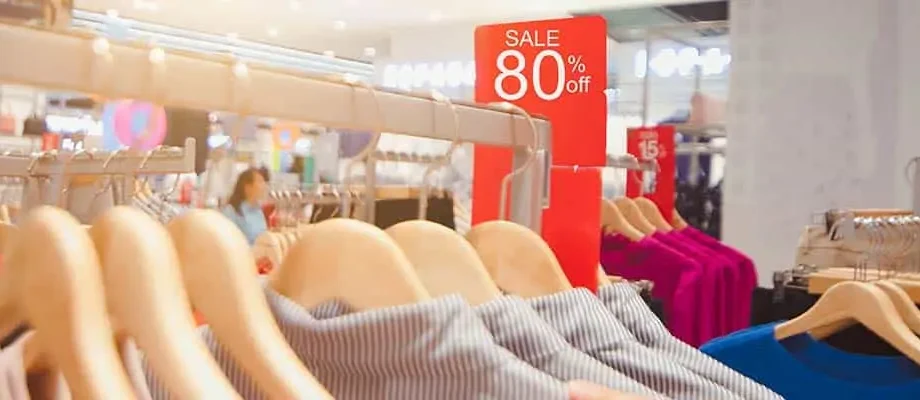It’s probably common knowledge, but it deserves to be said again: Both in-person and online, retailers use sales psychology and marketing gimmicks to entice you to make larger purchases. To avoid being pressured into making purchases you don’t want to make, it’s important to understand the psychology of buying. Taking into account this is particularly crucial as the holiday shopping season approaches. When you shop, remember these eight retail psychology tips to put more money in your pocket.
In-Store Retail Psychology Tricks
1. Putting Essentials on the Perimeter
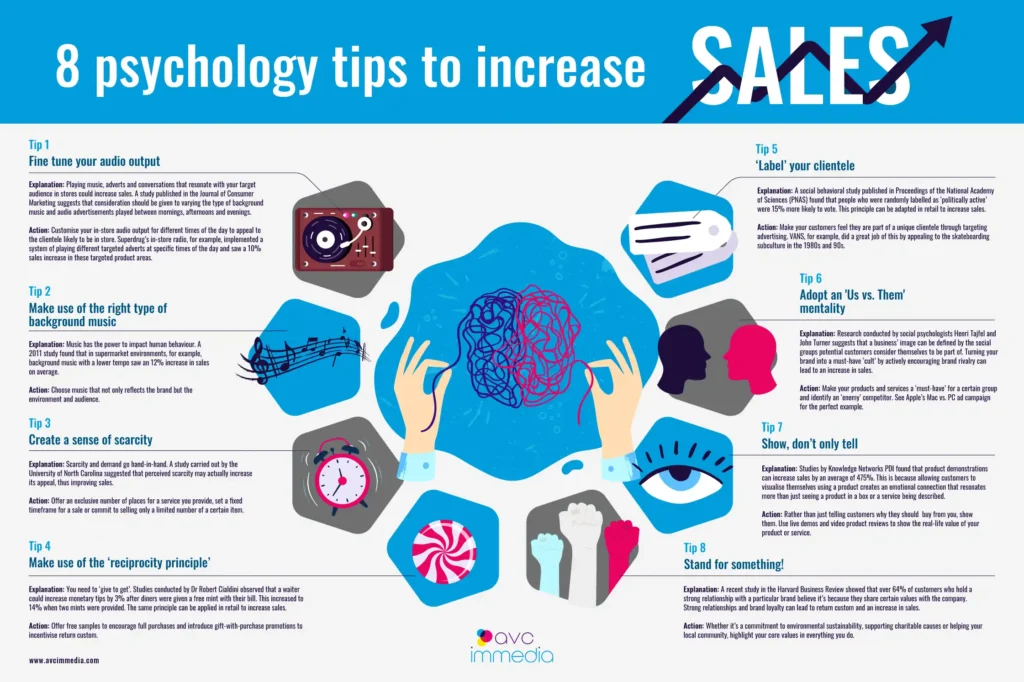
The layout of grocery stores is purposefully designed to optimize the impact of retail psychology. To get the necessities, you must walk the entire store because fresh foods like dairy, meat, and produce are found on the outside. Adhere to your shopping list to cut costs on groceries.
2. Eye-Level Buys

Name-brand items that cost more money are frequently positioned at eye level. Psychology suggests that seeing those products means you’re more likely to buy them. Less expensive, generic brand goods are generally located on inconveniently low or high shelves — the ones you’re not going to see on a quick scan.
3. App Notifications
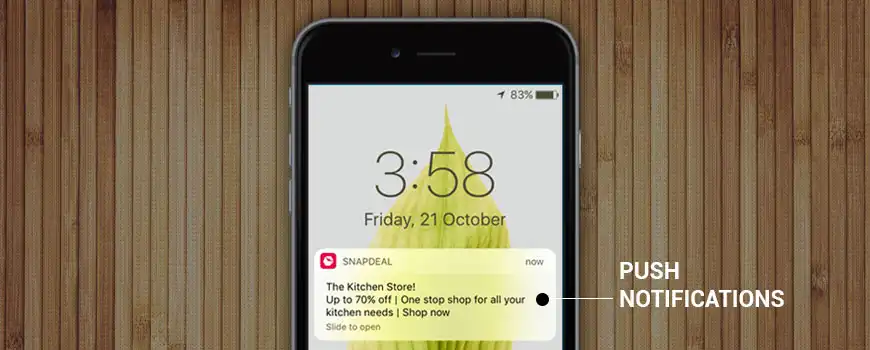
Your favorite store’s app will often tell you ways that you can save in-store. But the app is also a way for stores to lure you into unnecessary or less-than-ideal purchases. Keep the app installed but turn off push notifications to minimize the temptations this retail psychology trick can bring.
4. “Free” Demonstrations
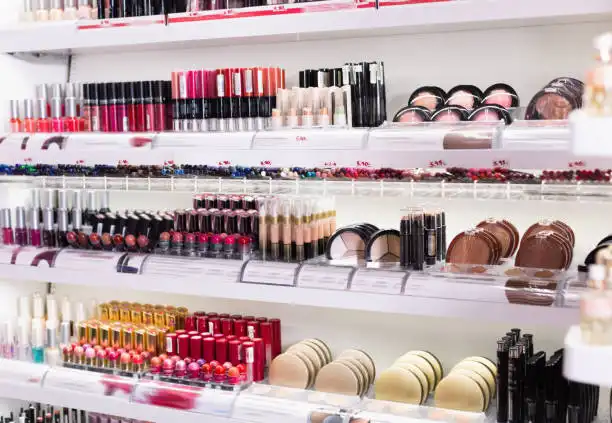
There might be a cost to that makeup consultation: pressure to buy the items used. Although they may be able to offer you the guidance you need, keep in mind that their main responsibility is to close sales to you ..Before you go to the store, if you intend to buy something, read internet reviews of the items you are thinking about buying. Alternatively, thank the representative graciously if you’ve already seen the demonstration in-store and make your own research before making a purchase.
Online Retail Psychology Tricks
5. Free Trials
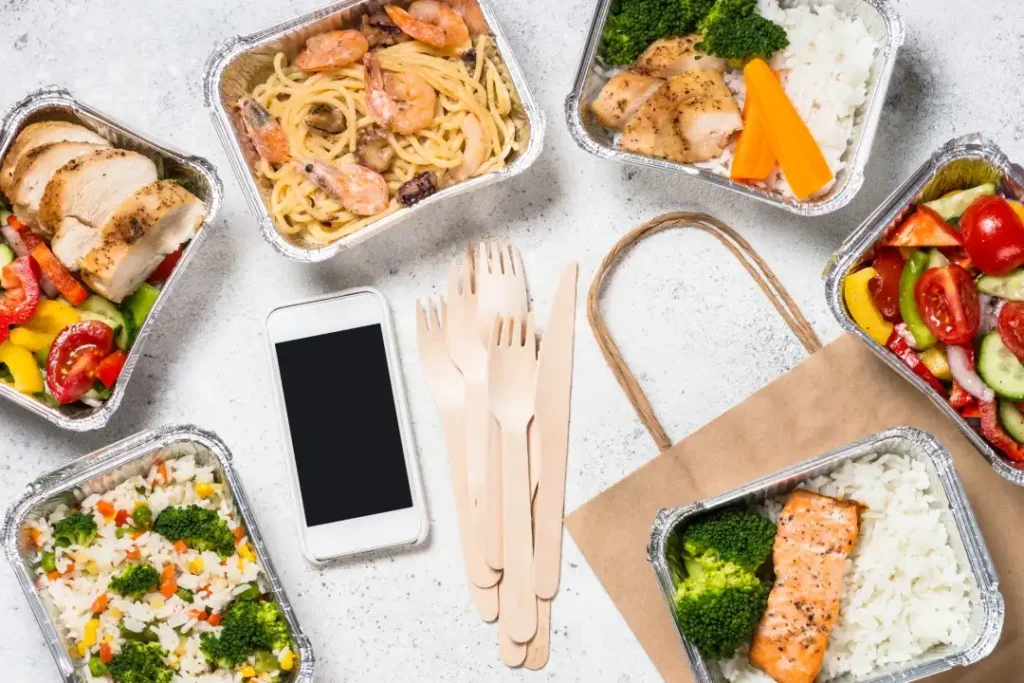
Receive a complimentary first month. I think it sounds pretty awesome. Pump the brakes the next time you sign up for a free trial of a meal kit delivery service, subscription, or streaming service. Now free could come to $70 a month later. Make a note of your cancellation by setting an alarm on your phone.
6. BOGO Deals

The term “buy one, get one” (BOGO). For instance, you might receive a second for $10 if you pay $25 for the first. In theory, these offers are fantastic—that is, if you need both items. Don’t let anyone fool you into purchasing more than you need, though, if the items will just wind up collecting dust in your garage or closet.
7. Free Shipping

Online merchants frequently entice customers with free shipping after they reach a particular threshold. With the help of this retail psychology trick, you can set a spending goal before you even know what you want to buy! Consider whether you truly need the item before adding it to your cart in order to receive free shipping. If you didn’t want the deal in the first place, it’s not a deal.
8. Site-to-Store Shipping
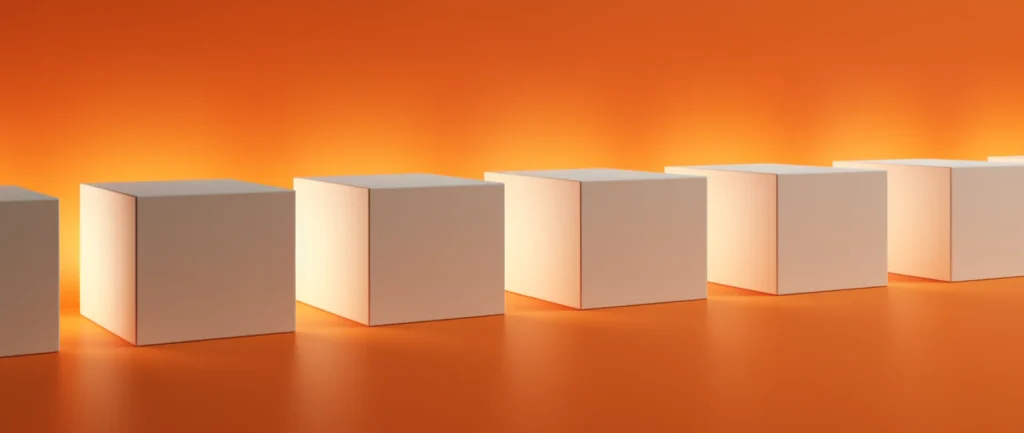
Consider again the next time you select free shipping to the store. It’s a clever bit of sales psychology: there’s a good chance you’ll spend more money making the trip to the store to pick up your order. Companies want you to browse their products in person so you can see things you might have overlooked when shopping online.
Read also: Why Do Many Small Businesses Never Expand?











